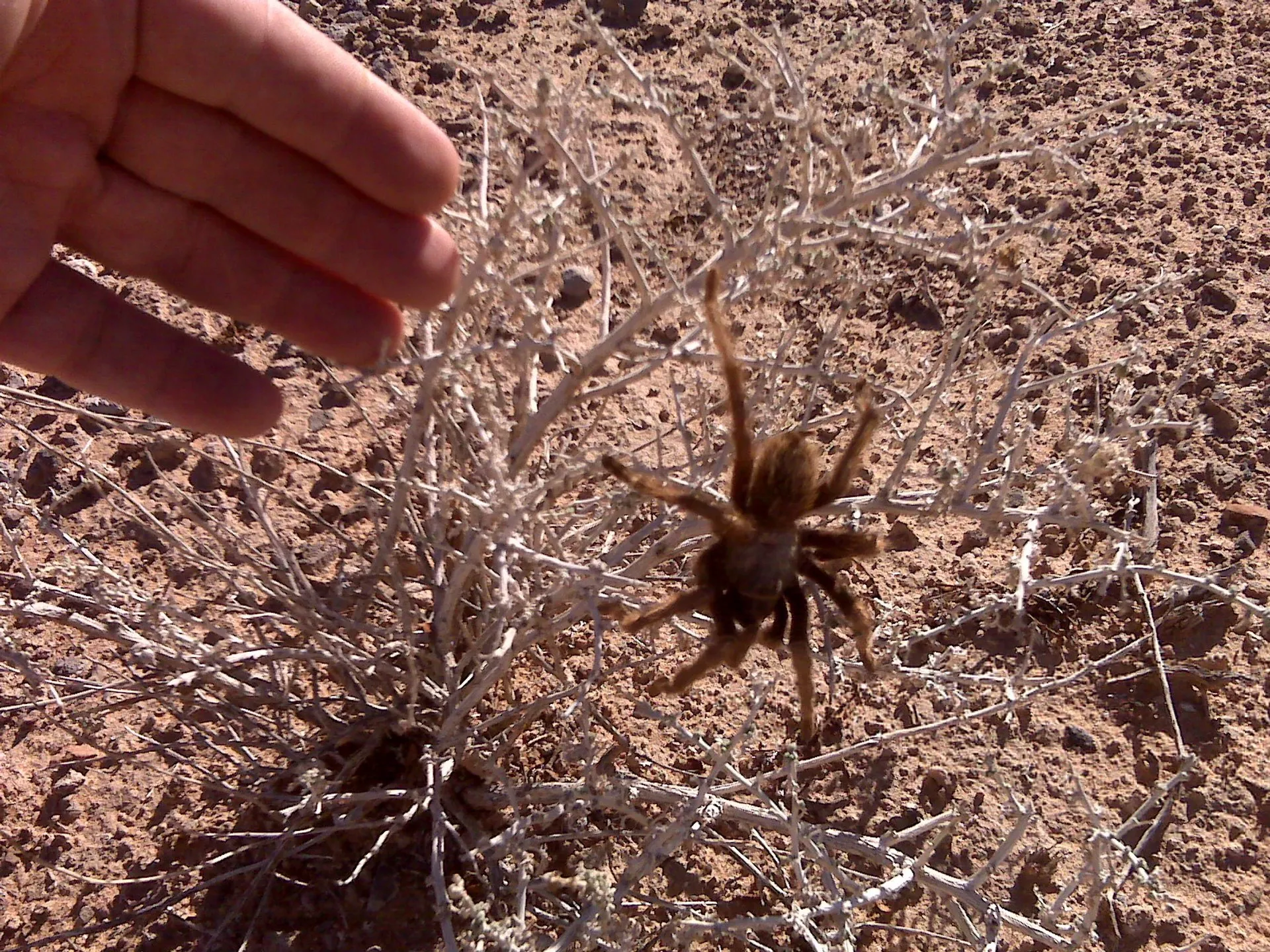What is Tarantula Migration?
Tarantula migration is a fascinating natural phenomenon where these large, hairy spiders embark on a journey, often en masse, to find mates or suitable habitats. This remarkable display of arachnid behavior typically involves thousands of tarantulas traversing landscapes, offering a unique spectacle for nature enthusiasts and photographers. Understanding the motivations behind this migration provides a deeper appreciation for the complex lives of these creatures. It’s a time when tarantulas become much more visible than usual, as they move from their burrows or established territories to seek out opportunities for reproduction. This mass movement can cover considerable distances, transforming the landscape into a living, breathing canvas of nature’s artistry.
The Purpose of Tarantula Migration
The primary driver behind tarantula migration is reproduction. Adult male tarantulas, in particular, undertake long journeys to find females. They’re driven by an innate urge to mate and pass on their genes. For some species, environmental factors like changing seasons or the availability of prey can also trigger migration. The search for suitable mates involves males leaving their established territories and venturing out into the world. Females, on the other hand, may also move, either to find mates or, after mating, to seek out ideal locations to lay their eggs. The entire process underscores the fundamental biological imperative to ensure the continuation of the species, making migration a crucial part of their life cycle.
Reproduction
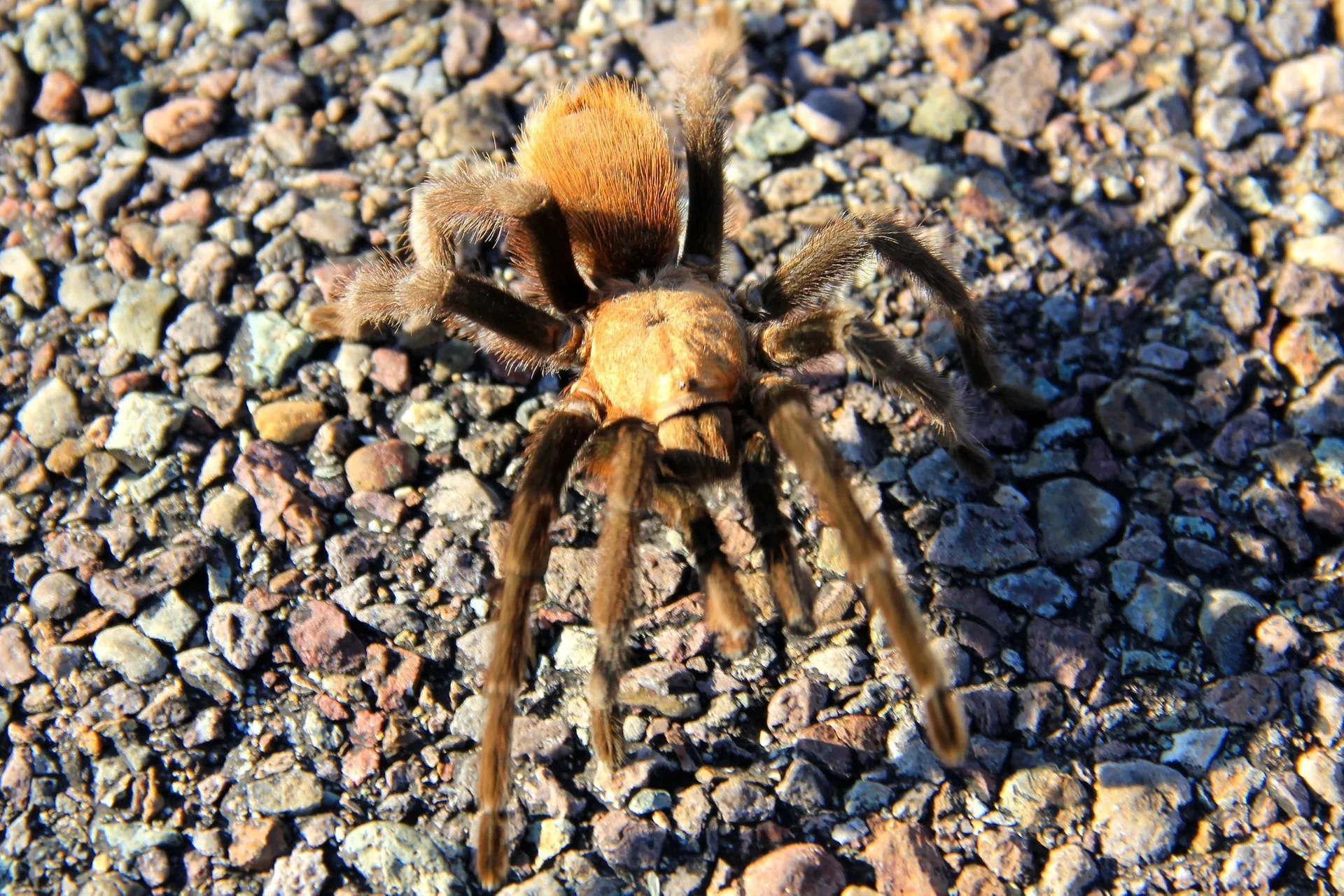
Reproduction is a critical aspect of the tarantula migration. The male tarantula, after reaching maturity, creates a sperm web and deposits his sperm onto it. He then collects the sperm using his pedipalps (small leg-like appendages near his mouth), which he uses to inseminate the female. The female tarantula carries the fertilized eggs in an egg sac, which she diligently protects until the spiderlings hatch. The migration provides an opportunity for males to find these females, with the act of mating and its subsequent implications dominating the entire purpose behind the movement. The success of tarantula populations hinges on this intricate process, making migration a vital component of their survival.
Mating rituals
Mating rituals are an essential part of the tarantula migration. Males initiate courtship by drumming on the ground or strumming their legs to attract females. Once a female is found, the male must approach carefully, as the female may see him as prey. He will engage in a courtship dance, attempting to reassure the female of his intentions. If the female accepts, mating occurs, often involving the male using his pedipalps to deposit sperm. The complexity and variation in these rituals among different tarantula species highlight the diversity within this group of spiders. These displays are critical in ensuring that the mating is successful and the continuation of species occurs.
Where and When to See Tarantula Migration
Tarantula migration is an extraordinary sight, but it’s a seasonal event that occurs in specific regions. These spiders prefer warmer climates, so locations in the southwestern United States, particularly Arizona and New Mexico, are hotspots for migration. Several countries in South America, such as Brazil and Argentina, also experience mass tarantula migrations. The best time to witness this natural wonder is typically during the late summer or early fall. The specific timing can vary depending on the species and the local weather conditions. Researching and planning is key if you wish to be at the right place at the right time.
Best Locations for Viewing
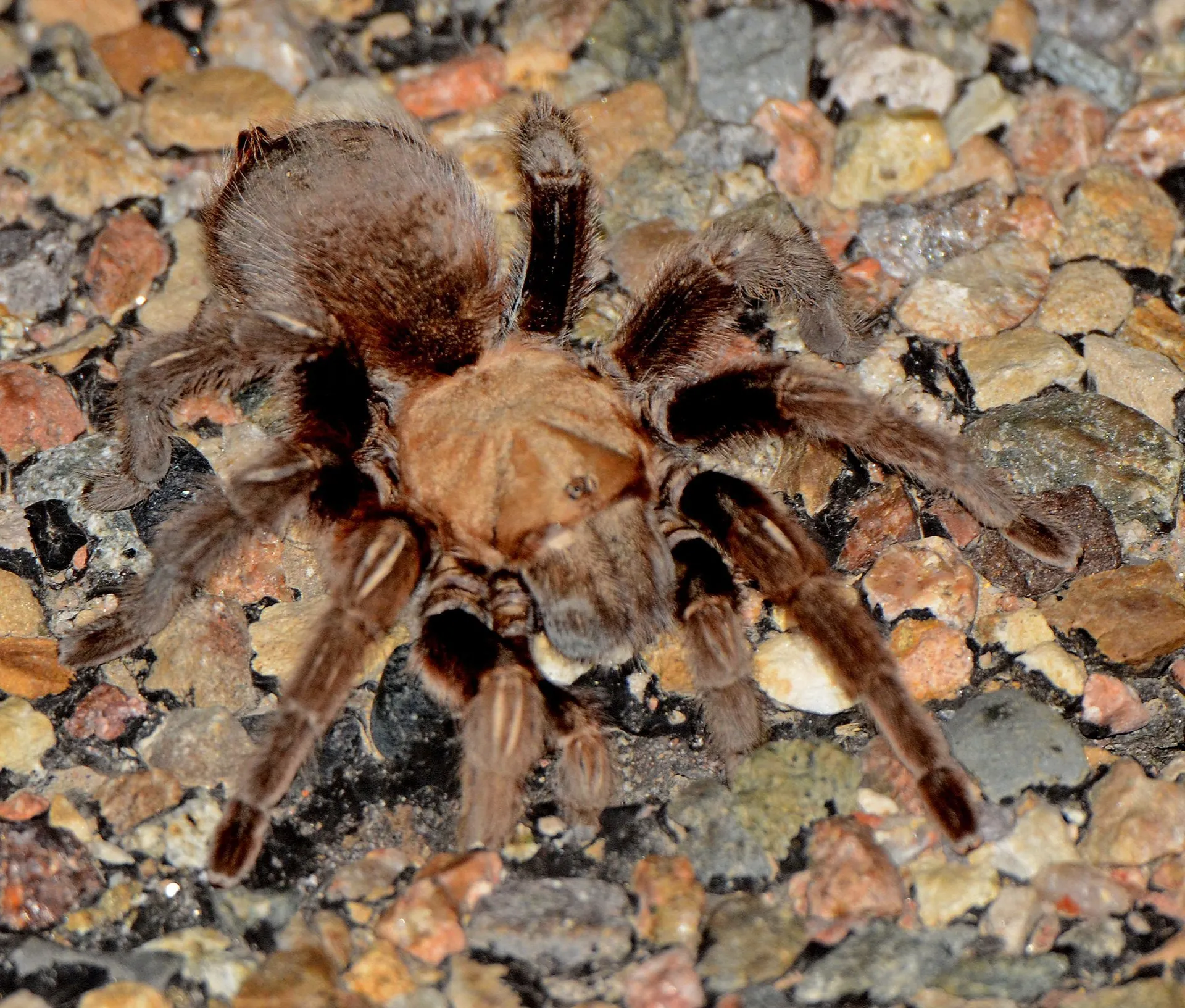
Prime viewing spots for tarantula migration include areas with suitable habitats such as grasslands, deserts, and open woodlands. State and national parks, wildlife refuges, and protected areas often provide ideal environments. For example, in the United States, the Superstition Mountains of Arizona are a well-known location for tarantula migration. When planning a visit, it’s always helpful to check with local park rangers or wildlife organizations for current information on migration patterns and the best viewing locations. Observing in these areas allows you to witness these incredible displays in their natural environments.
Peak Seasons
The peak season for tarantula migration usually coincides with mating seasons. This typically occurs in late summer and early fall, often between August and October. The exact timing depends on the specific species of tarantula and the local climate. Warmer temperatures and the onset of the rainy season often trigger these migrations. During this time, you may find the tarantulas moving during the day, with males actively seeking females. Monitoring local weather conditions and consulting with experts can help you pinpoint the best time to witness the migration in your chosen location.
How to Witness Tarantula Migration Safely
Witnessing tarantula migration is an amazing experience, but it’s essential to do so safely. Always maintain a respectful distance from the spiders. Do not attempt to handle them or disturb their natural behavior. Tarantulas are venomous, and while their venom isn’t typically life-threatening to humans, a bite can be painful. By keeping a safe distance and observing from afar, you can enjoy the spectacle without risk of harm to yourself or the spiders.
Safety Precautions
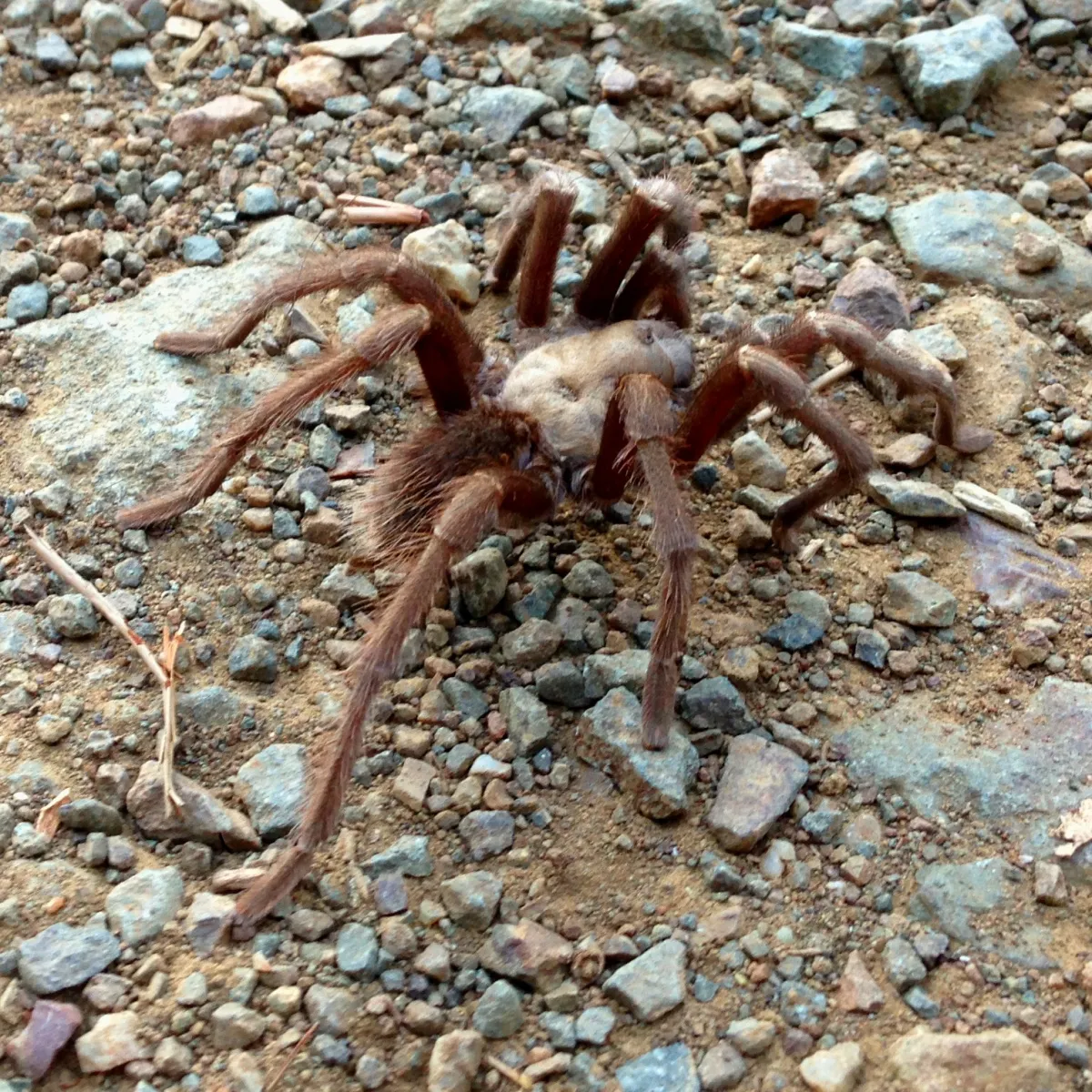
When observing tarantula migration, it is vital to take certain safety precautions. Wear sturdy shoes and long pants to protect your legs from potential bites. Carry a first-aid kit in case of an emergency and familiarize yourself with the symptoms of a tarantula bite. It is also important to watch where you’re stepping, especially in areas with dense vegetation or uneven terrain. Knowing the local environment and being aware of potential hazards, such as other wildlife, is also a must. Always be vigilant and prepared.
Respecting the Environment
Respect for the environment is a crucial part of witnessing tarantula migration. Avoid disturbing the tarantulas or damaging their habitat. Leave no trace of your visit; pack out all trash and avoid trampling vegetation. Stay on designated trails when available and refrain from using flash photography excessively, as this can disrupt the spiders’ behavior. By respecting the environment, you help ensure that others can enjoy this natural wonder and contribute to the conservation of tarantulas and their habitats.
Capturing Tarantula Migration Pictures
Photographing tarantula migration offers an incredible opportunity to capture stunning images of nature in action. The best time to photograph tarantulas is often during the day when they are most active, but be prepared for various lighting conditions. It is useful to research where the migration is likely to occur so you can be prepared. Having the right equipment and understanding some basic photography techniques can greatly improve the quality of your photographs. Patience and a keen eye for detail are also essential.
Equipment to Use
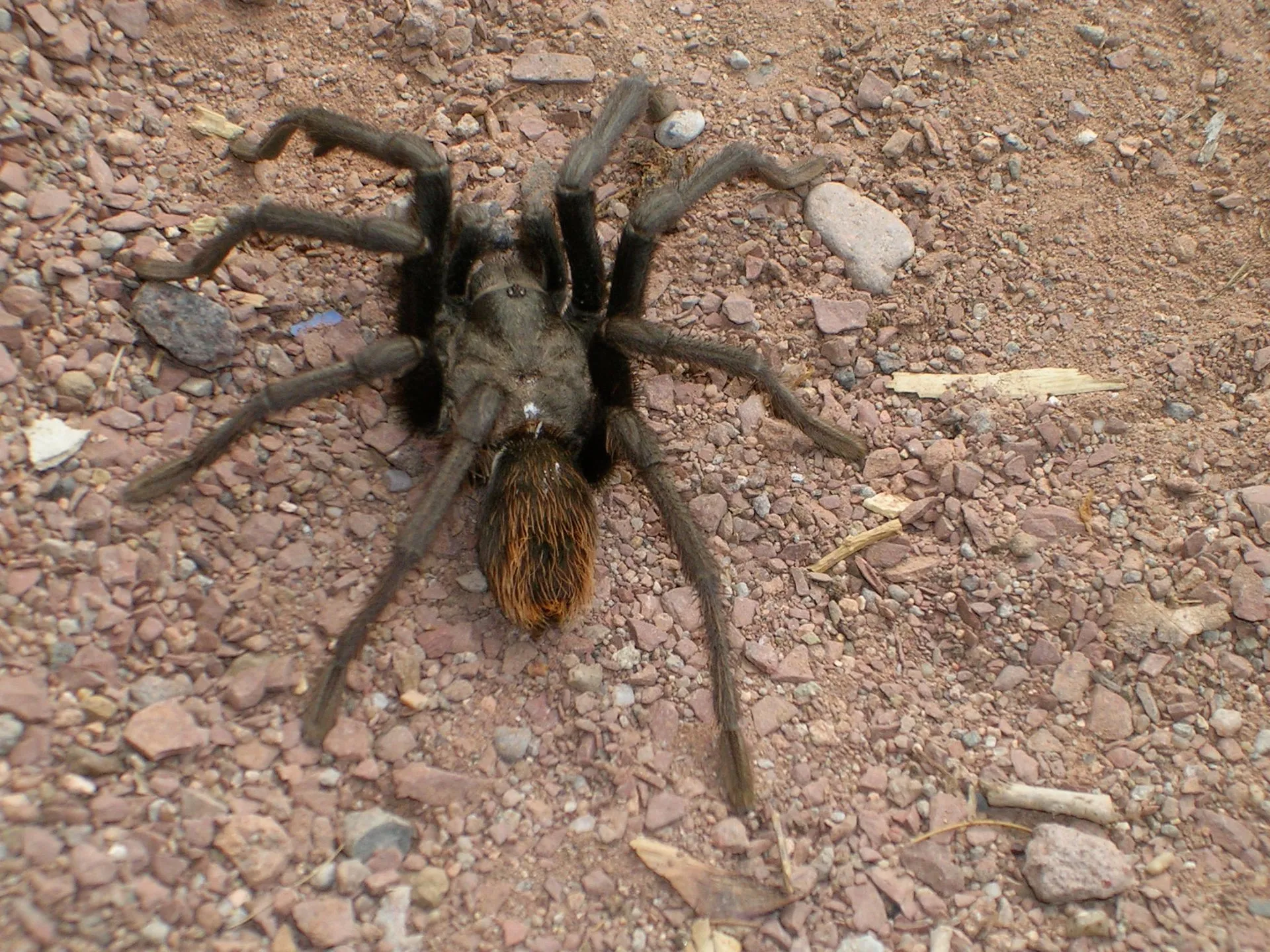
To capture compelling photos of tarantula migration, it’s best to have the right equipment. A camera with a good macro lens is essential for close-up shots, which will show the intricate details of the spiders. A telephoto lens can also be useful for capturing behavior from a distance. A tripod will help stabilize your camera, especially in low-light conditions. Consider using a reflector or diffuser to soften the light and minimize harsh shadows. Finally, a camera bag to store your gear and protect it from the elements can be very useful.
Tips for Photography
Photography of tarantula migration can be challenging, but also rewarding. Experiment with different angles and perspectives to capture the essence of the scene. Focus on capturing the spider’s behavior, such as mating rituals or movement across the terrain. Consider using the rule of thirds to compose your shots effectively and to emphasize the tarantulas within their environment. Be patient, as capturing the perfect moment may take time. Protect your camera and lenses from dust and moisture. Practice and be prepared to adapt to ever-changing conditions to capture the best possible photos.
Protecting Tarantulas During Migration
Protecting tarantulas during migration is crucial for their survival and the preservation of the ecosystem. Conservation efforts include habitat protection, public education, and responsible tourism. Supporting organizations involved in conservation can help ensure the long-term survival of these amazing creatures. Educating the public about the importance of tarantulas and their role in the environment can also foster a sense of respect and protection for these fascinating animals.
Tarantula migration is a breathtaking spectacle that highlights the wonders of the natural world. By understanding their behavior, respecting their environment, and taking the necessary safety precautions, you can witness this event responsibly and contribute to the conservation of these amazing creatures. So, equip yourself with knowledge, patience, and a sense of awe, and prepare to be amazed by the fascinating journey of the migrating tarantulas.
